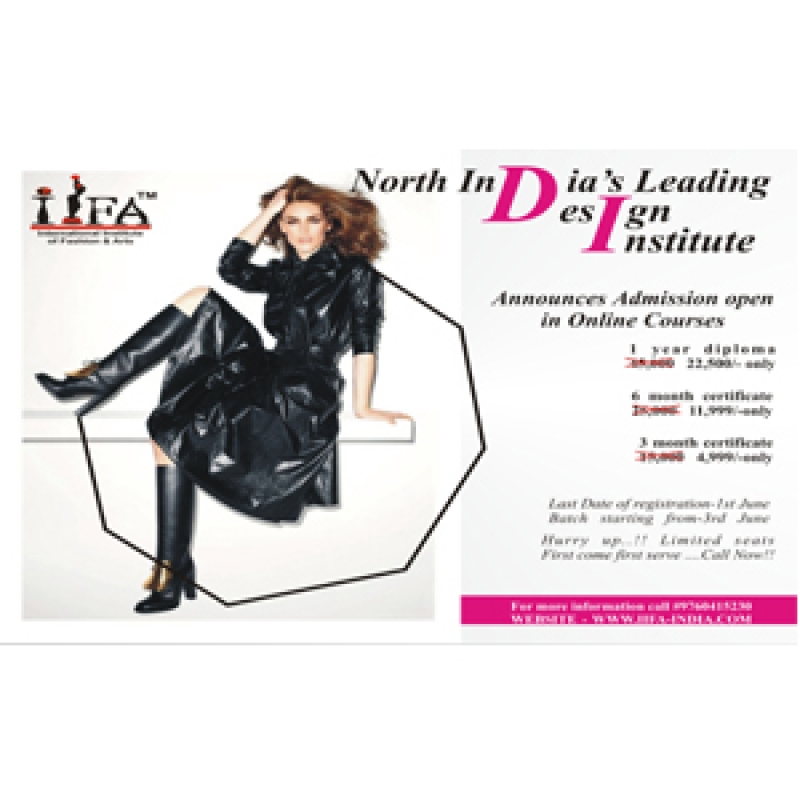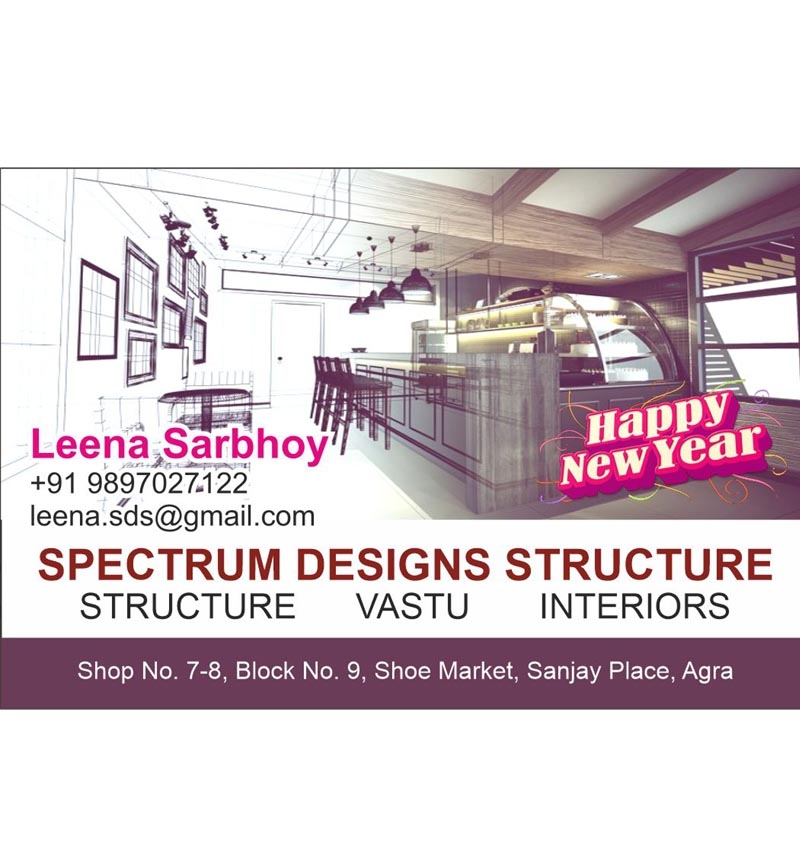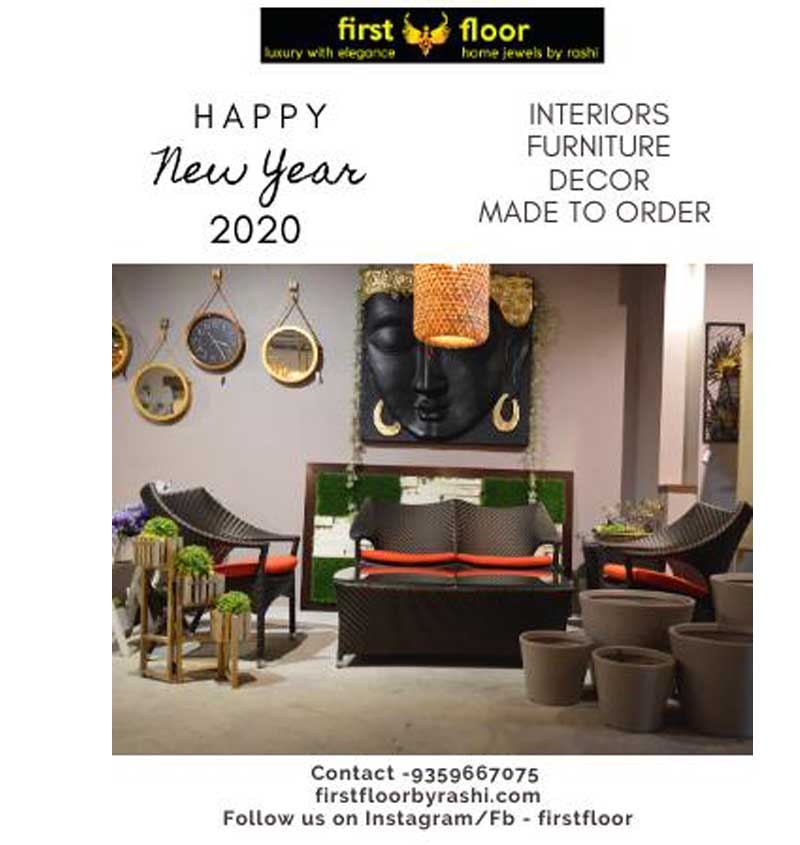In the evolving landscape of design, Sensory-Focused Design has emerged as a powerful approach that places human experience at the center. Beyond aesthetics, this methodology emphasizes how design interacts with all five senses—sight, sound, touch, smell, and taste—creating immersive and emotionally resonant environments, garments, or objects.
What Is Sensory-Focused Design?
Sensory-focused design is an intentional design strategy that incorporates multisensory elements to elevate the user’s emotional and physical connection to a space, product, or experience. It’s not just about how something looks—it’s about how it feels, smells, sounds, and even tastes (in the case of experiential spaces or food design).
Why It Matters in 2025
With the rise of digital fatigue and the longing for grounded, real-life experiences, people are seeking deeper sensory connections. Whether in fashion, interiors, or product design, users crave authenticity, comfort, and emotional engagement. This trend aligns with growing awareness around mental well-being, neurodiversity, and inclusive design.
Applications Across Design Fields
1. Fashion Design
In clothing, sensory-focused design can mean the use of soft, skin-sensitive fabrics, temperature-responsive textiles, or scent-infused garments. Designers now consider how clothes feel on the skin, how they move, or how they can soothe the wearer—making fashion more intimate and therapeutic.
2. Interior Design
Interior designers use texture-rich materials, ambient lighting, soundscapes, and natural scents to create spaces that calm, energize, or inspire. Biophilic design—incorporating nature elements—is a popular subset, known to enhance mental health through multisensory engagement.
3. Product & Experience Design
From the packaging of luxury products to museum installations and retail environments, sensory design transforms passive users into active participants. Think textured surfaces on product packaging, sound-absorbing panels in workspaces, or scent-triggered memories in art exhibits.
Designing with the Senses in Mind
-
Sight: Color psychology, visual hierarchy, lighting dynamics
-
Touch: Textures, temperature, weight, ergonomic feedback
-
Sound: Acoustic treatments, ambient music, material sounds (wood vs. metal)
-
Smell: Natural scents (lavender for calm, citrus for energy), fragrance layering
-
Taste: In food design or retail (think edible packaging or flavored air)
Sensory Design = Inclusive Design
Neurodiverse individuals often experience heightened sensory perception. Sensory-focused design can help create inclusive environments by reducing overwhelm, offering calming stimuli, and allowing for customizable sensory input.
Looking Ahead
As AI and technology continue to shape digital design, the demand for tactile, sensory-rich experiences will only grow stronger. Sensory-focused design is not a trend—it’s a return to human-centered creativity, reminding us that the best designs are those we can feel, not just see.



















Your Message